
From “The Second Book of Songs” of Underneath the Bough, here is a poem devoted to a deceased little girl. CONTINUE READING / CONTINUER LA LECTURE…

From “The Second Book of Songs” of Underneath the Bough, here is a poem devoted to a deceased little girl. CONTINUE READING / CONTINUER LA LECTURE…

This beautiful poem, probably written in 1885, is the most fitting epitaph for this poet, who died too soon. CONTINUE READING / CONTINUER LA LECTURE…
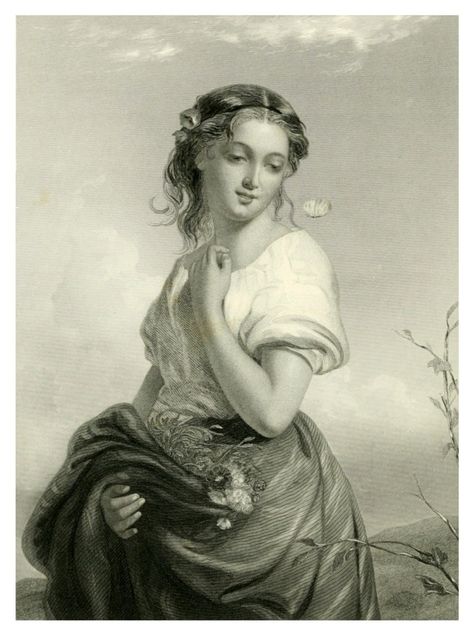
Between 1799 and 1801, William Wordsworth composed five poems about an unknown woman or girl called Lucy, telling his love for her and her unfortunate death. They have since been called the “Lucy poems,” although he did not use this designation. The order in which they are usually given follows that in later editions of his works, such as the 1815 edition of Poems by William Wordsworth, where the first three appear in the part “Poems founded on the affections,” pages 128 to 131, and the last two in the part “Poems of the imagination,” pages 313 to 315. CONTINUE READING / CONTINUER LA LECTURE…
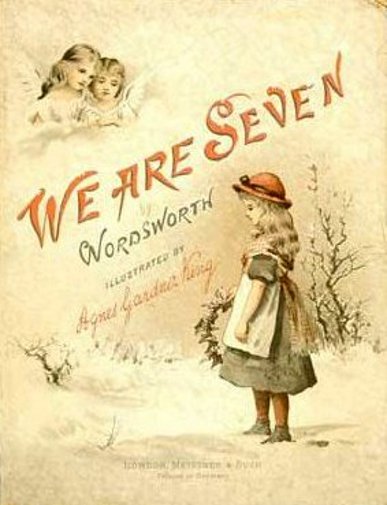
Le poème « Nous sommes sept » par Jean Aicard fait partie du recueil La Chanson de l’Enfant. C’est une adaptation française du poème « We are Seven » de William Wordsworth.
Une petite fille y parle de sa famille, en particulier de son frère et de sa sœur tous deux morts et enterrés près de sa chaumière, mais qui font toujours partie de sa famille, au même titre que les vivants. CONTINUE READING / CONTINUER LA LECTURE…
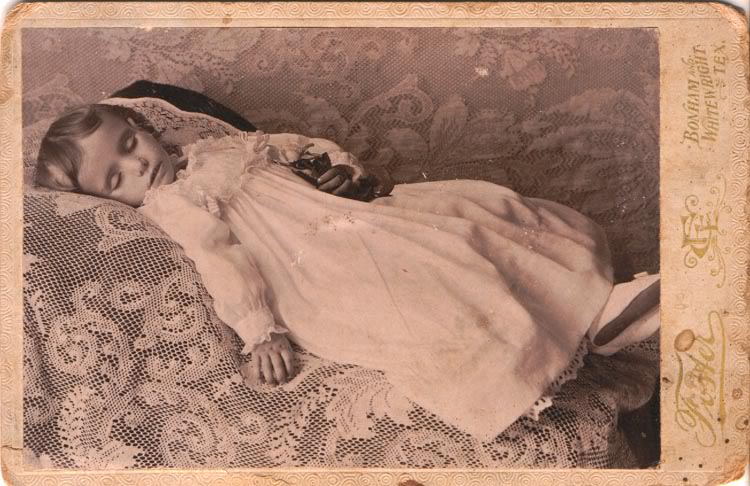
James Russell Lowell (1819–1891) was an American poet, critic, editor, and diplomat, who knew some fame through his literary criticism and satirical works. On December 26, 1844 he married Maria White, who wrote poetry and was active in the anti-slavery movement. She convinced him to join the abolitionist cause, and he devoted to it a large part of his writings. CONTINUE READING / CONTINUER LA LECTURE…
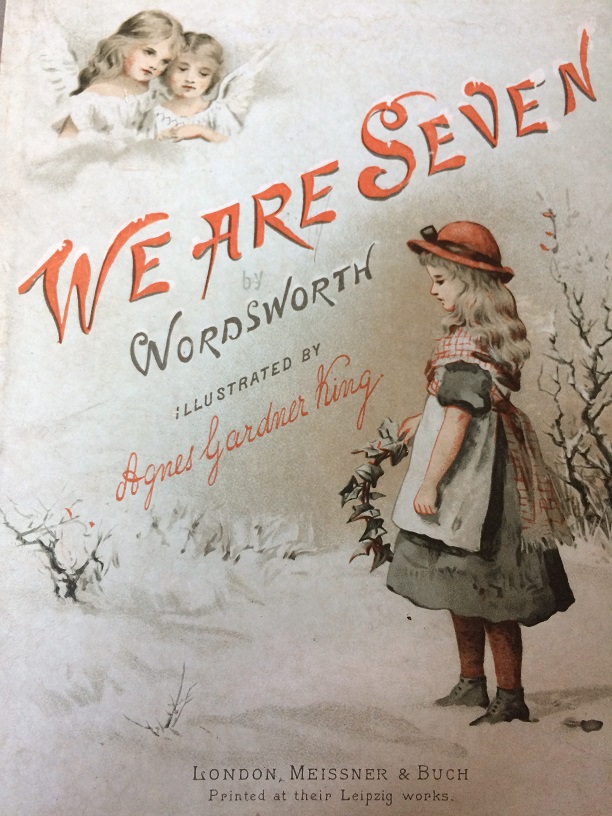
William Wordsworth (b. 7 April 1770, d. 23 April 1850) and Samuel Taylor Coleridge (b. 21 October 1772, d. 25 July 1834) are major English Romantic poets. In 1798 they published together the collection Lyrical Ballads, With a Few Other Poems, which helped to launch the Romantic Age in English literature. A well-known poem in that collection is the 10th, written by Wordsworth (except perhaps the first stanza written by Coleridge), titled “We are Seven.” CONTINUE READING / CONTINUER LA LECTURE…
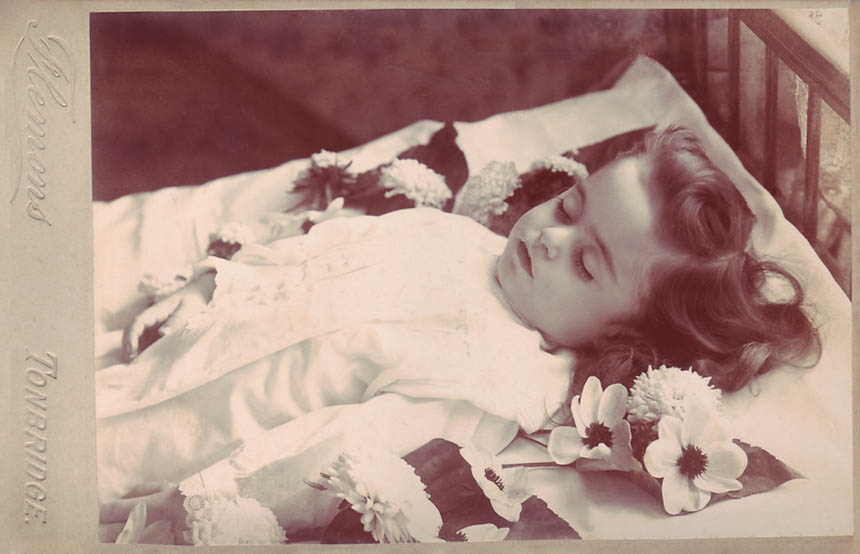
In a previous post, I presented the three epigrams by the Latin poet Martial (Marcus Valerius Martialis) devoted to Erotion, a little slave girl who died six days before her sixth birthday, and whom he loved tenderly.
The Scottish writer Robert Louis Stevenson (1850–1894) is famous for his novels, such as Treasure Island and Strange Case of Dr Jekyll and Mr Hyde, but also for his travel books. He wrote some poetry, part of which was published posthumously. In particular, he adapted the three epigrams by Martial into poems, of which he kept the manuscripts; they were published more than twenty years after his death. CONTINUE READING / CONTINUER LA LECTURE…
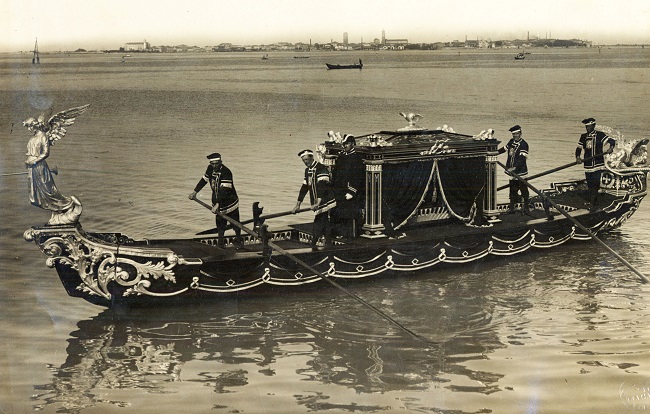
Jean François Victor Aicard, né le 4 février 1848 à Toulon (Var) et mort le 13 mai 1921 à Paris, est un poète, romancier et auteur dramatique français. Son recueil de poèmes consacrés à l’enfance, La Chanson de l’Enfant, parut en 1875 et fut couronné par l’Académie française ; il connut plusieurs éditions. CONTINUE READING / CONTINUER LA LECTURE…
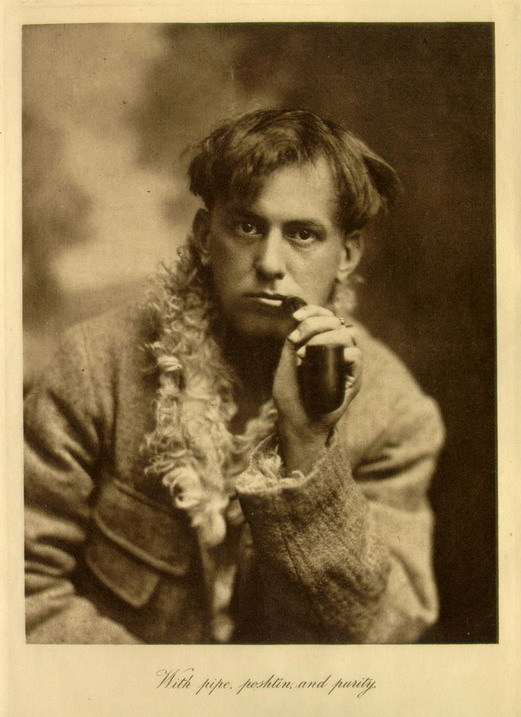
My third selection from Crowley’s collection Rodin in Rime (1907) belongs to the second section “Sonnets and Quatorzains,” whose poems have all 14 lines. Its French title “Femmes damnées” (translating as ‘doomed women’) comes from two poems in Les Fleurs du Mal by Charles Baudelaire, one of which (subtitled “Delphine et Hippolyte”) was banned by the French censorship between 1857 and 1949. CONTINUE READING / CONTINUER LA LECTURE…